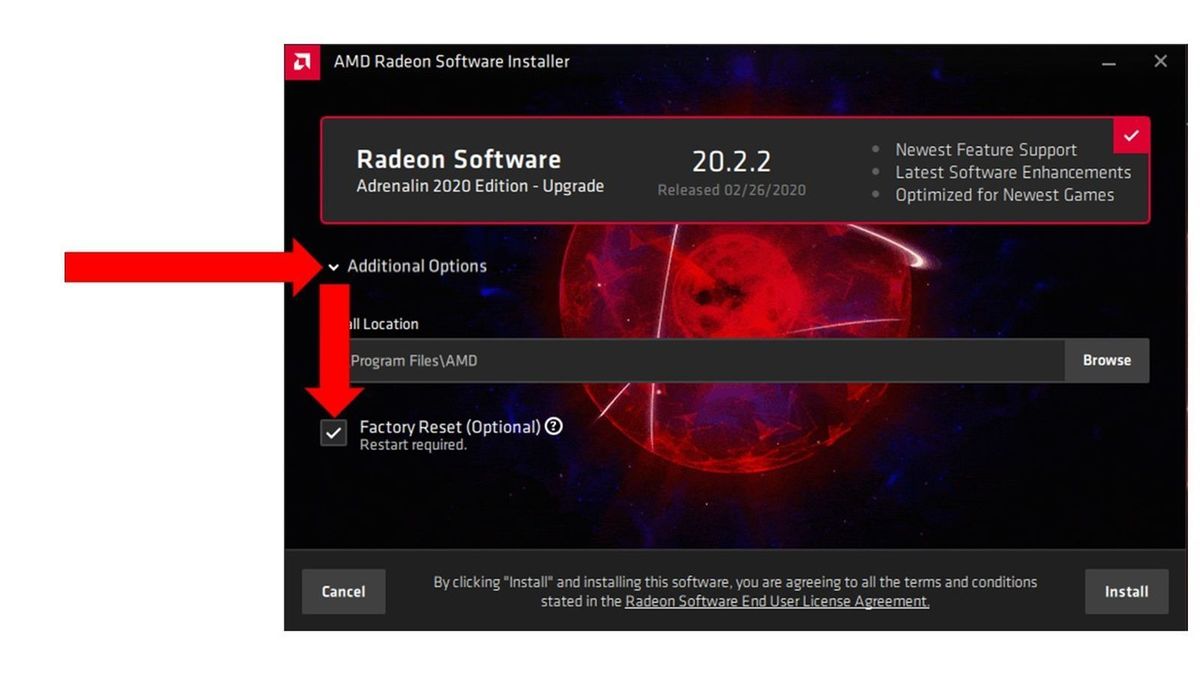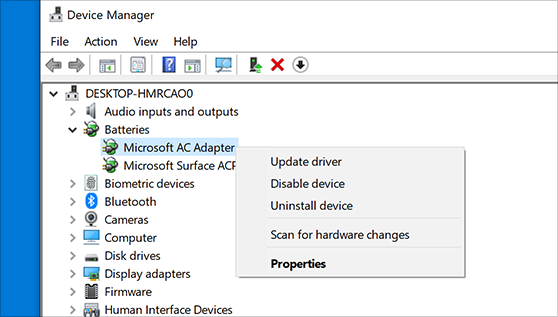

- DOWNLOAD GRAPHICS DRIVER BEFORE INSTALLING HOW TO
- DOWNLOAD GRAPHICS DRIVER BEFORE INSTALLING INSTALL
- DOWNLOAD GRAPHICS DRIVER BEFORE INSTALLING MANUAL
- DOWNLOAD GRAPHICS DRIVER BEFORE INSTALLING PC
Make sure the display output side of your graphics card is facing toward the end of your case, and push your GPU down into the slot. Next, line up your new graphics card over the top PCIe x16 slot inside your case. Before removing an existing graphics card, you'll need to unlock the PCIe security clip by pushing it down.

Then, you should be able to pull your graphics card away from your motherboard with relative ease. This is a small plastic clip on the right hand side of the PCIe slot, and should just about be visible underneath your graphics card - see below. To do this, remove the screws holding it in place, disconnect any display cables attached to it, and unlock the PCIe slot security clip. If you're upgrading an existing graphics card, you'll also need to remove your current one. Remove any plastic covers on your graphics card's PCIe connector and display ports, as these will prevent you from installing your graphics card correctly. It sounds obvious, but you’ll need your display outputs poking out the back in order to connect up your monitor. Make sure you keep those backplate screws nearby, though, as you'll need them again in a minute to secure the graphics card in place. Simply untwist the ones you need to get rid of using a screwdriver (or your fingers if they're held on with thumbscrews). Most graphics cards take up two slots, but particularly large graphics cards, such as the enormous RTX 3090, take up three. You'll need to remove some of these so you can get to your graphics card's display outputs. To the left of those PCIe x16 slots, you should see a number of brackets with thumb screws holding them in place.
DOWNLOAD GRAPHICS DRIVER BEFORE INSTALLING MANUAL
If in doubt, consult your motherboard manual to find out the exact running speeds of all your PCIe slots.īefore we do anything with the PCIe x16 slot, though, you need to remove the corresponding backplates. This will always be the fastest PCIe x16 slot on your motherboard, and will result in the best performance.
DOWNLOAD GRAPHICS DRIVER BEFORE INSTALLING INSTALL
Some motherboards may have a second PCIe x16 slot that can run at the full x16 speed - usually the more upmarket ones - but most of the time you'll find any additional PCIe x16 slots you have only run at x8 speed, or even x4.Īs a result, it's best to install your graphics card in the top PCIe x16 slot if possible.
DOWNLOAD GRAPHICS DRIVER BEFORE INSTALLING PC
Turn your PC off at the plug, and make sure the switch on the back of your PC next your PSU is switched off as well. If you need help with this, check out our top gaming monitor picks, as well as our gaming monitor deals hub for all the best prices. New graphics cards tend to come with HDMI or DisplayPort outputs, so if you've been using an old monitor that only has a DVI or VGA output, for example, you might also need to think about upgrading your display in the process. Some graphics cards only require a single 6 or 8-pin connector, for example, while others require two 8-pin connectors.įinally, make sure your display's selection of outputs matches those on the back of your graphics card. You'll also need to check your power supply has the correct number of cables to plug into your new graphics card. Nvidia's new RTX 3070 GPU, for example, recommends a 650W power supply unit, while the RTX 3080 and RTX 3090 recommend you have one that's at least 750W.

Most graphics cards will state their minimum or recommended PSU wattage on the box or on their specifications page online, but it can vary from 450W all the way up to 750W. Your graphics card is one of the most powerful components inside your PC, so you'll need to make sure you've got an appropriate PSU to match.
DOWNLOAD GRAPHICS DRIVER BEFORE INSTALLING HOW TO



 0 kommentar(er)
0 kommentar(er)
